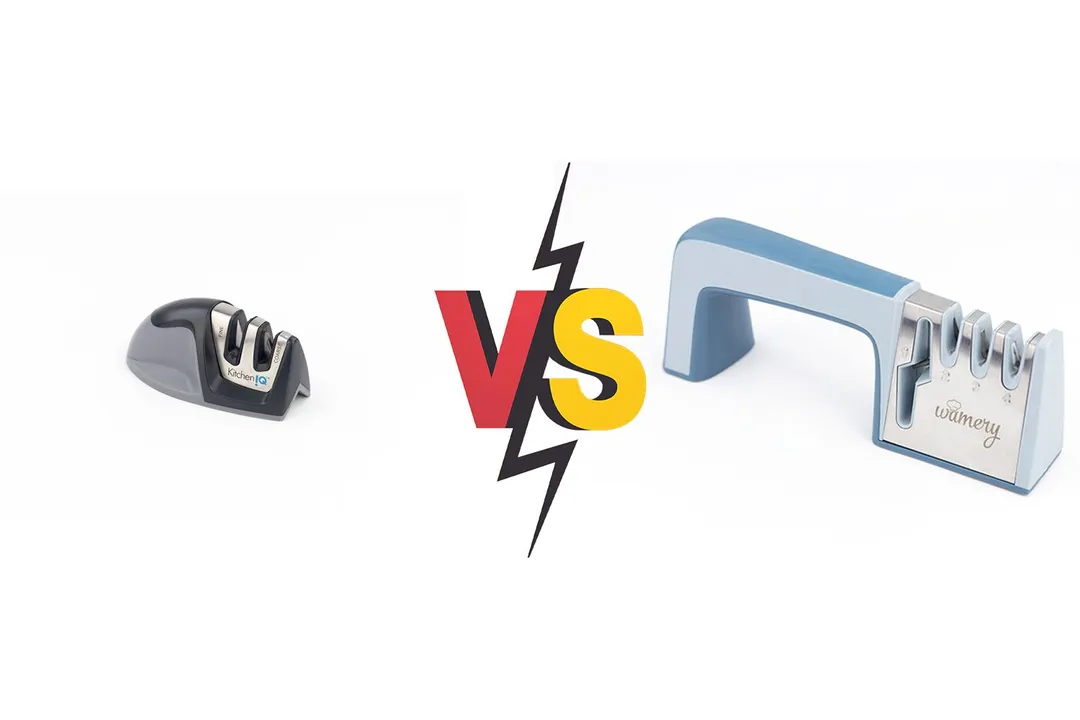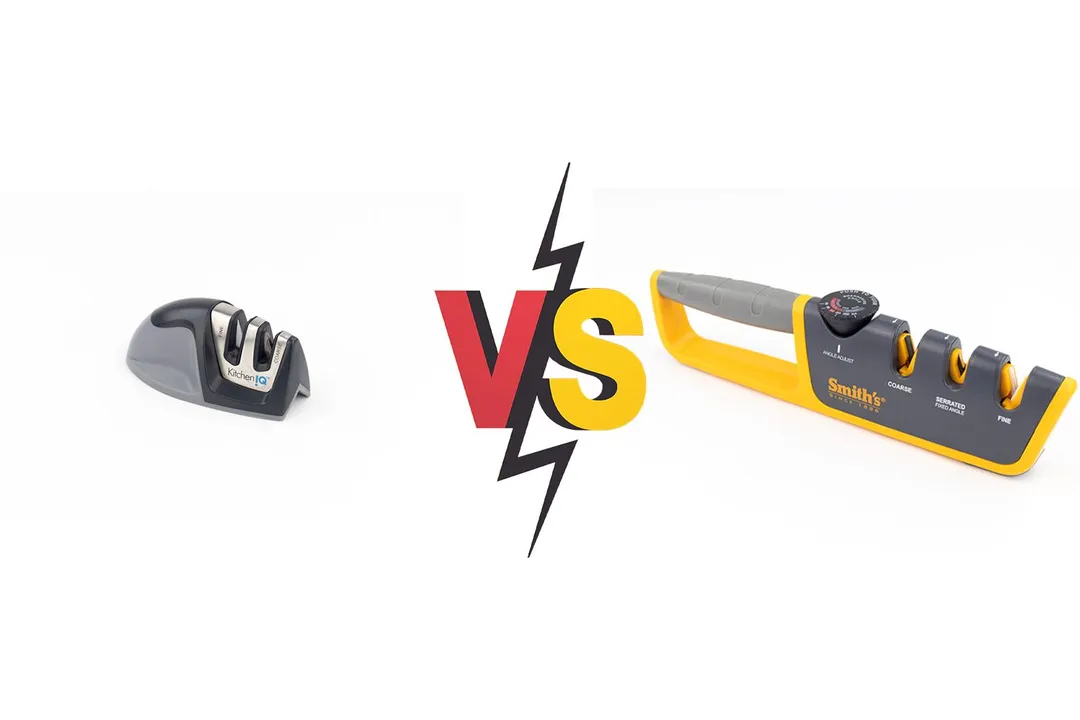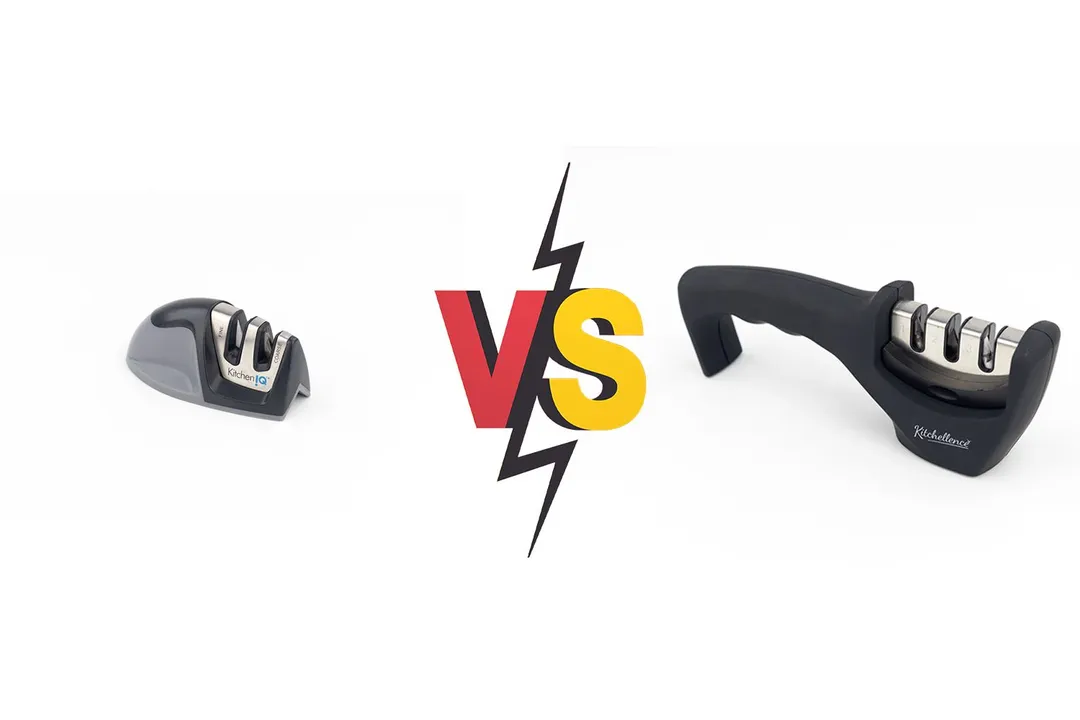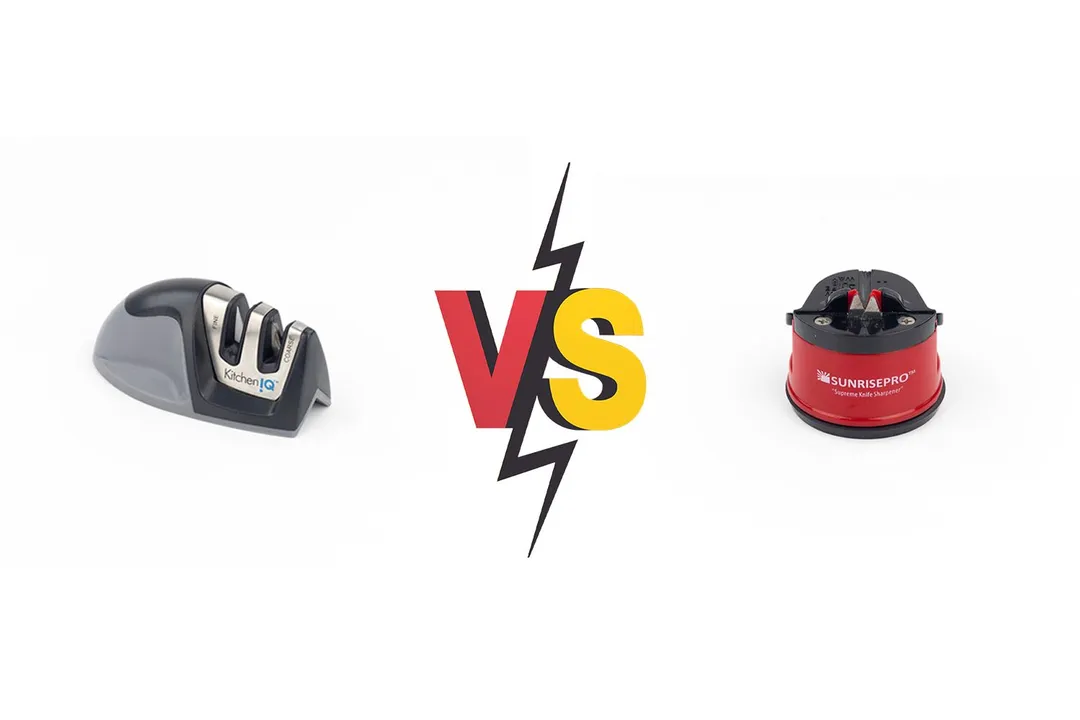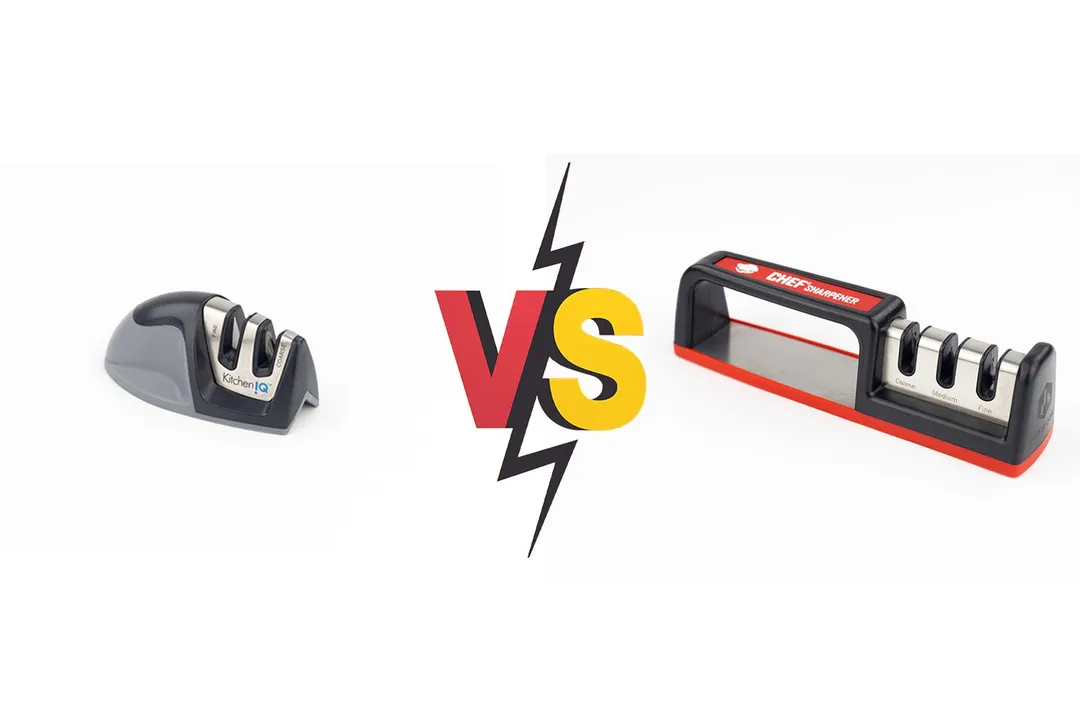Our recommendations are made independently through Research & Testing. We may receive commissions from purchases made via our links.
Amesser A-65 vs KitchenIQ 50009 Manual Sharpener Side-by-Side Comparison
The Amesser A-65 sharpener received better ratings than the KitchenIQ 50009 in most categories. Read our detailed comparison between the two.
Amesser A-65
Tested Using Methodology v1.1KitchenIQ 50009
Tested Using Methodology v1.1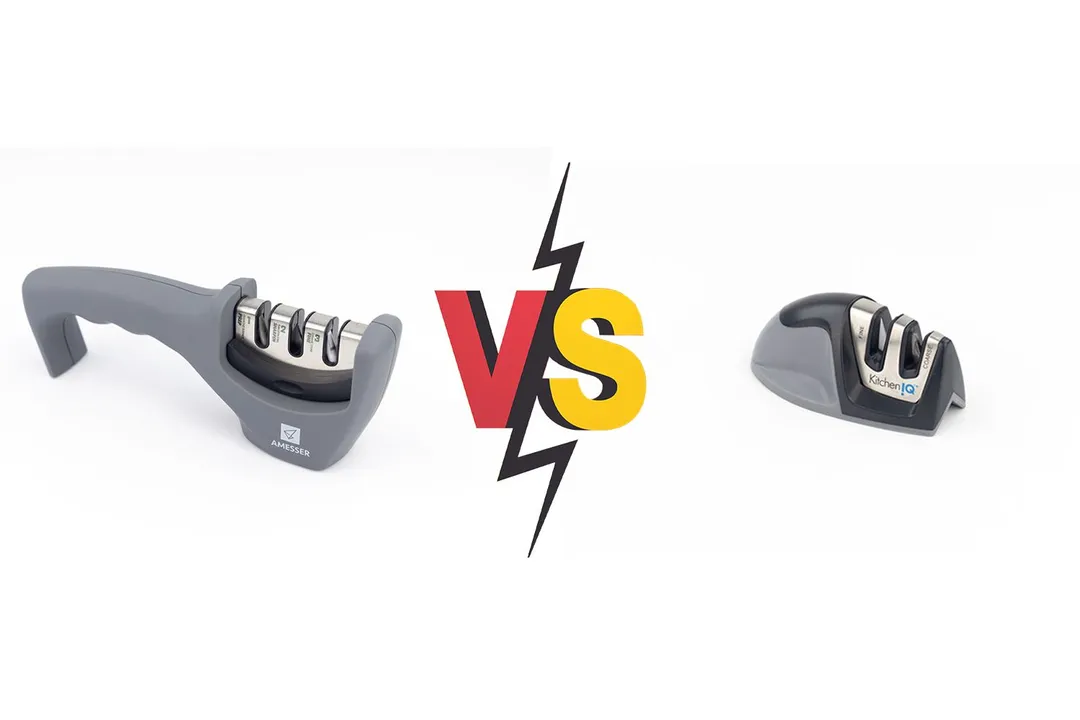
Overall Verdict
Though they look nothing like each other, the Amesser A-65 and the KitchenIQ 50009 are both decently-built sharpeners. The former, however, performed better in most categories and is the obvious winner here.
We appreciate the versatility offered by the KitchenIQ’s edge grip but its small size made it awkward to hold. The Amesser’s proper size and ergonomic design delivered more comfort and confidence during sharpening.
The Amesser was also the faster one between the two: Its competitor took some of the longest times we’ve experienced to sharpen a dull knife to serviceable levels. Both devices improve a blunt blade, but the Amesser to a greater extent.
Pros & Cons
- Affordable
- Instinctive and easy to use
- Well-built with a solid design
- Grippy and comfortable handle
- Safety glove included
- Easy storage
- Affordable price
- Base works on both counter edge and flat surfaces
- Simple, sturdy design
- Tapered base
- High center of gravity
- Awkward small size
- Long sharpening time
Key Specs
Where to Buy
*You help support HealthyKitchen101's product testing and reviews by purchasing from our retail partners.
Analysis and Test Results
Performance
Sharpening Time to Cut a Lemon
Material Retention





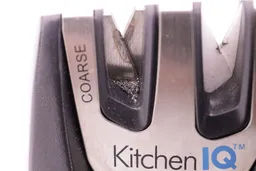
Maximum Sharpness Achieved
Edge Smoothness

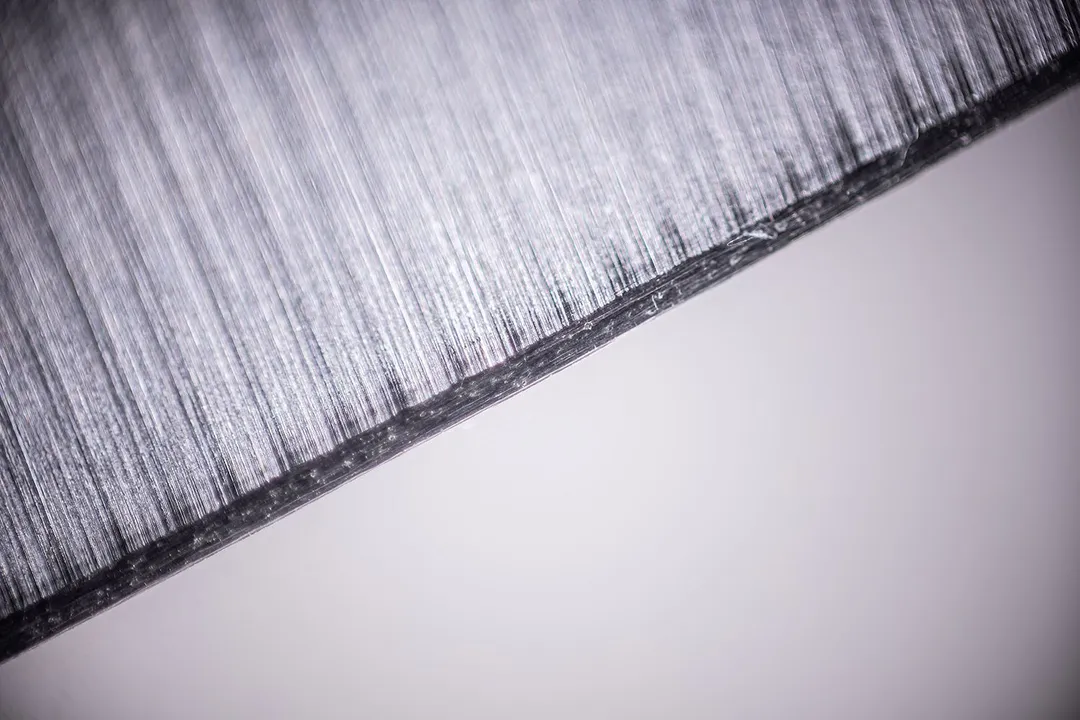
Design
In the Box

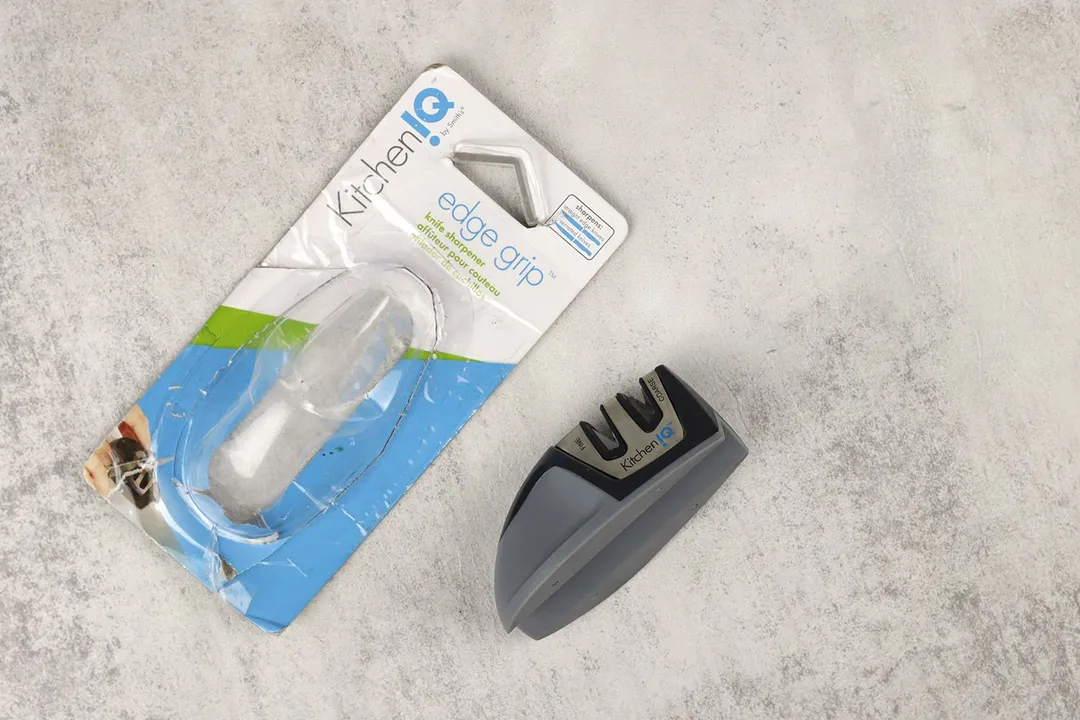
Dimensions
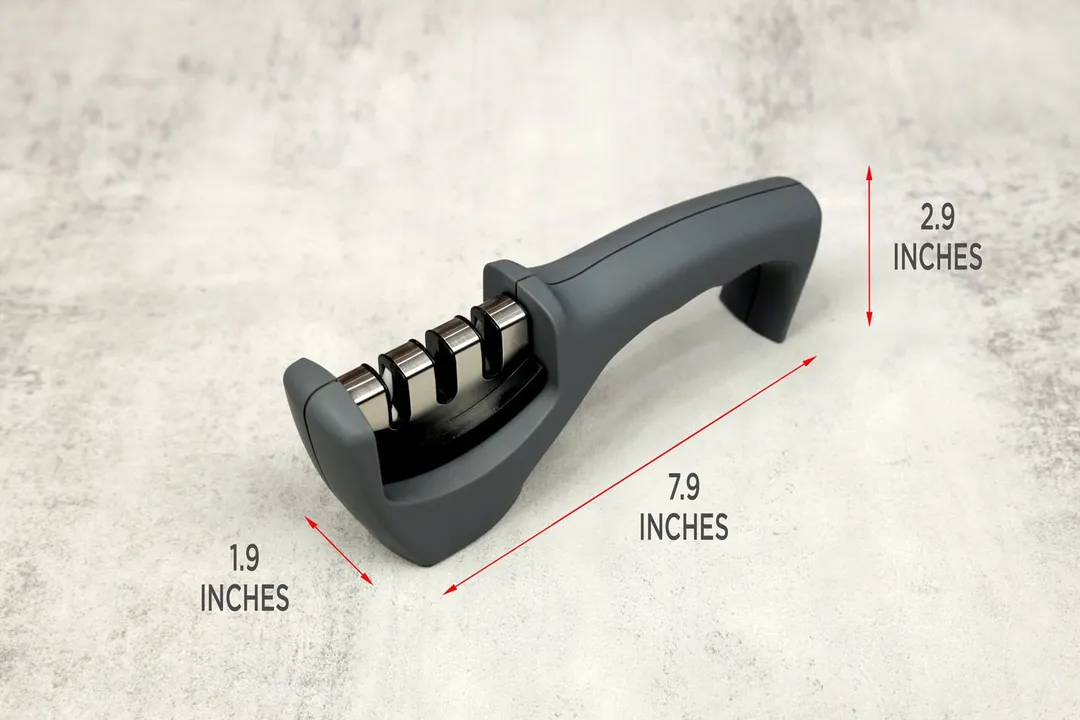
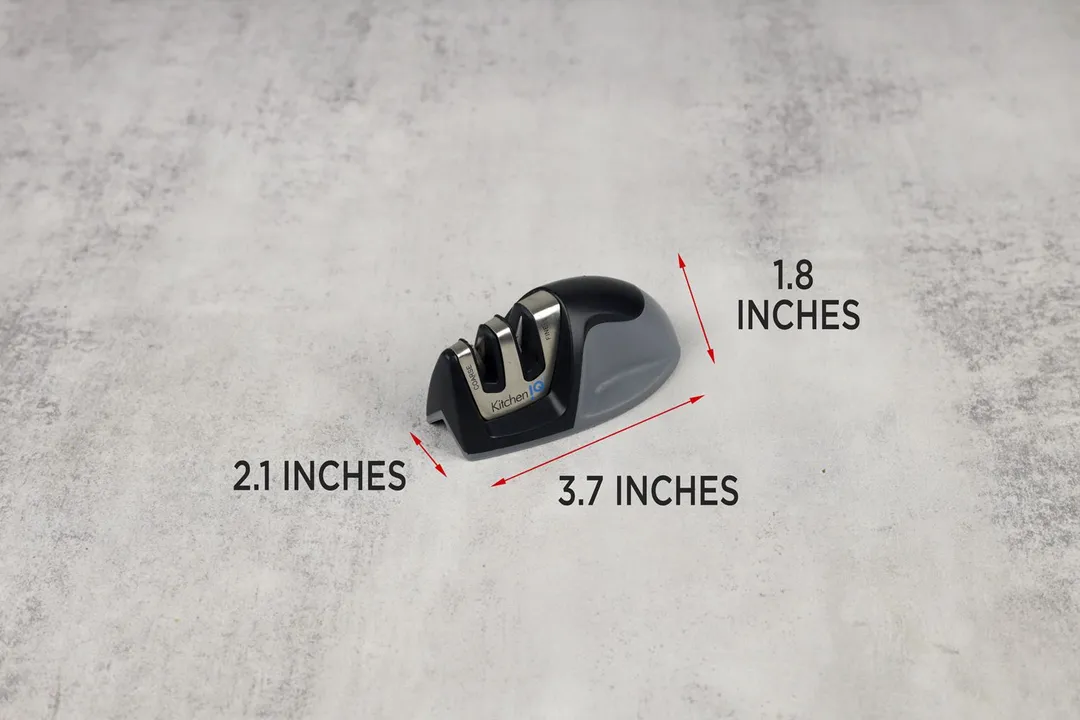
Build Quality
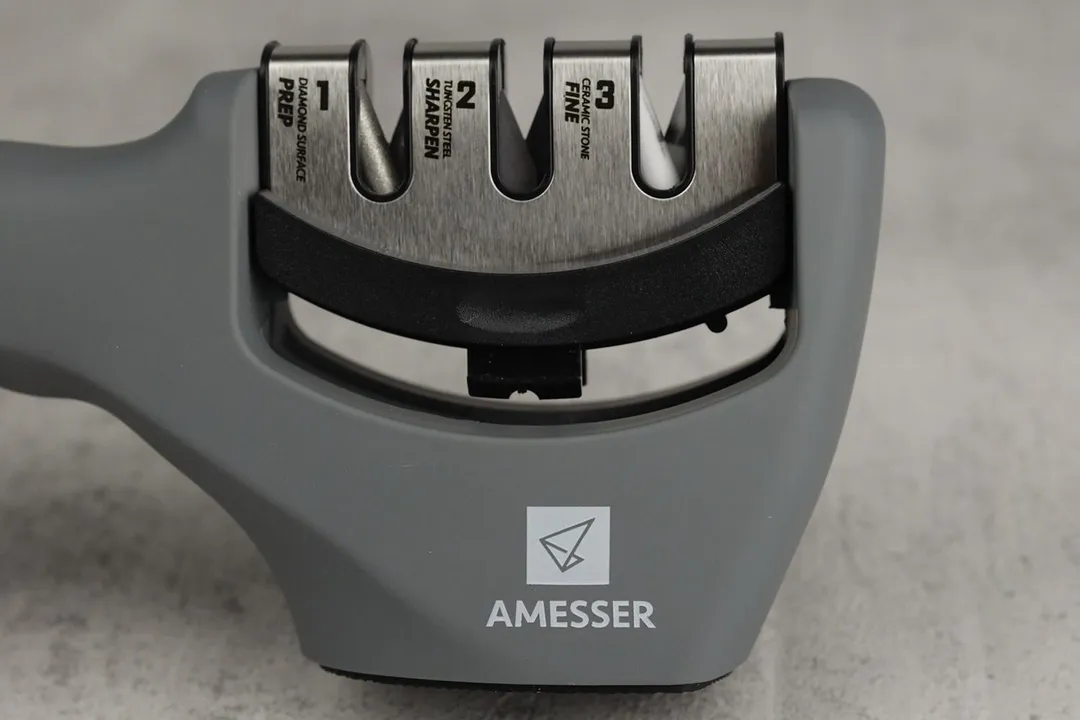
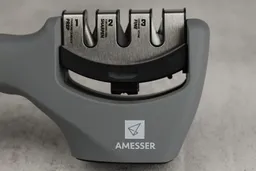
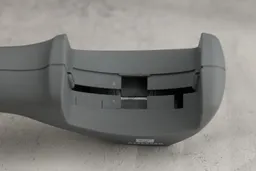
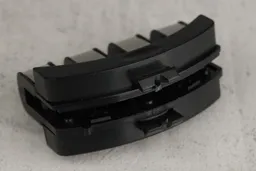

Working Section
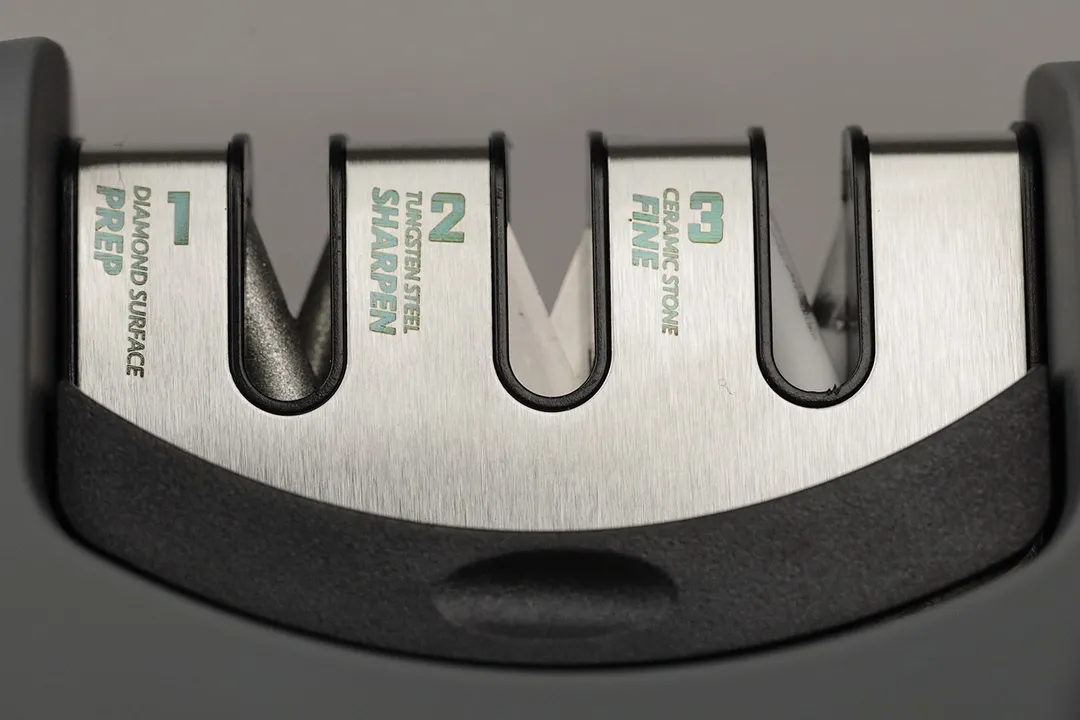
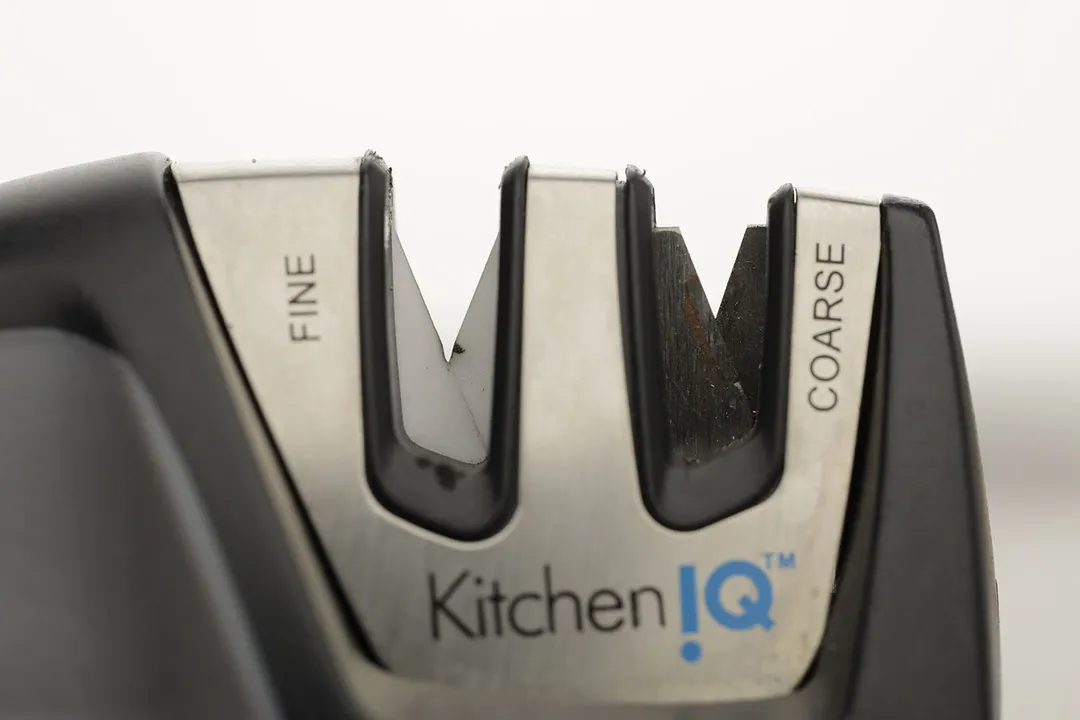
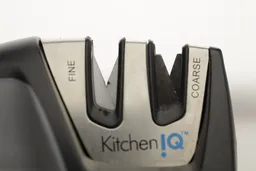
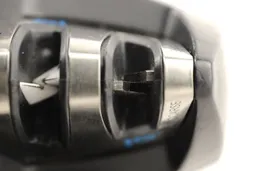
Base
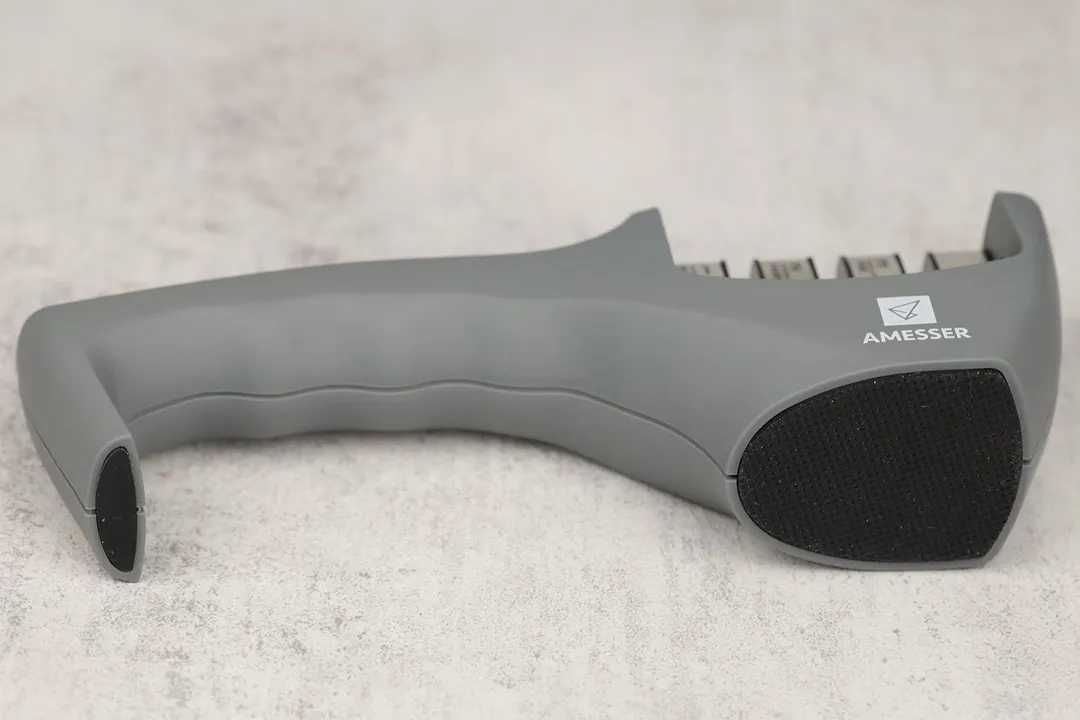
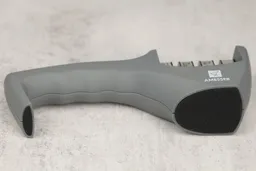
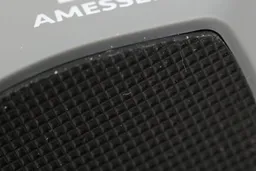
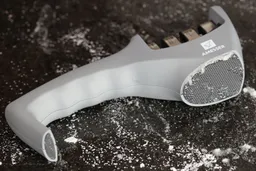
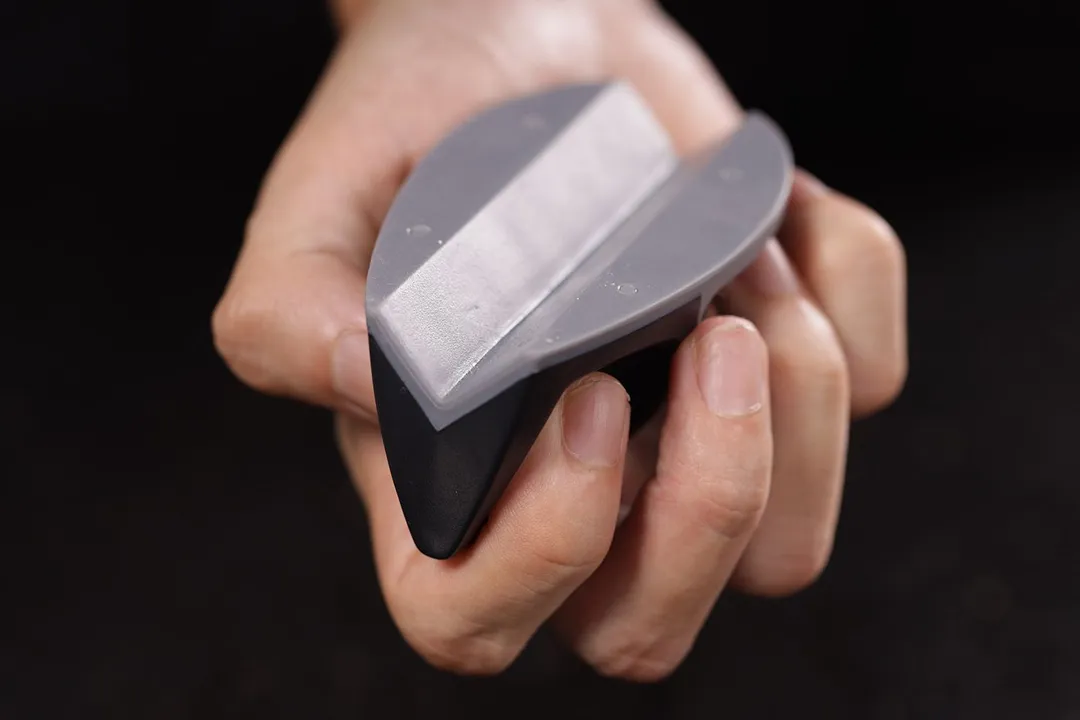
Grip

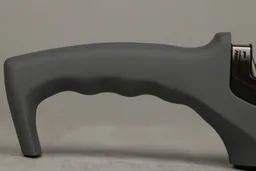

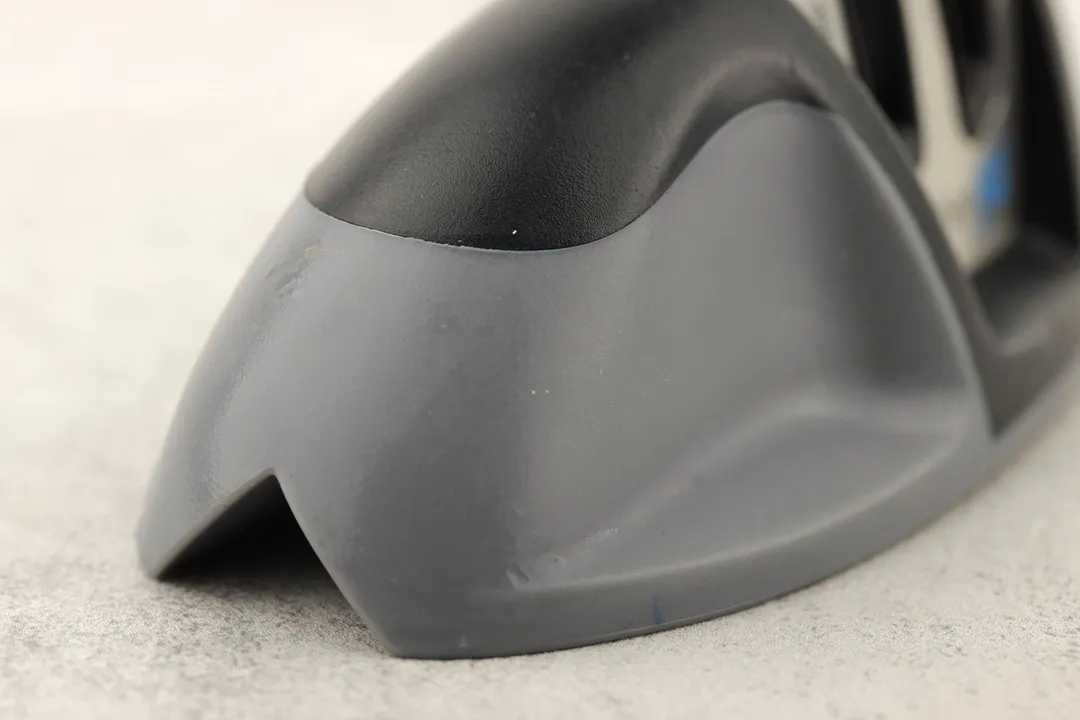
Usability
Slot Arrangement
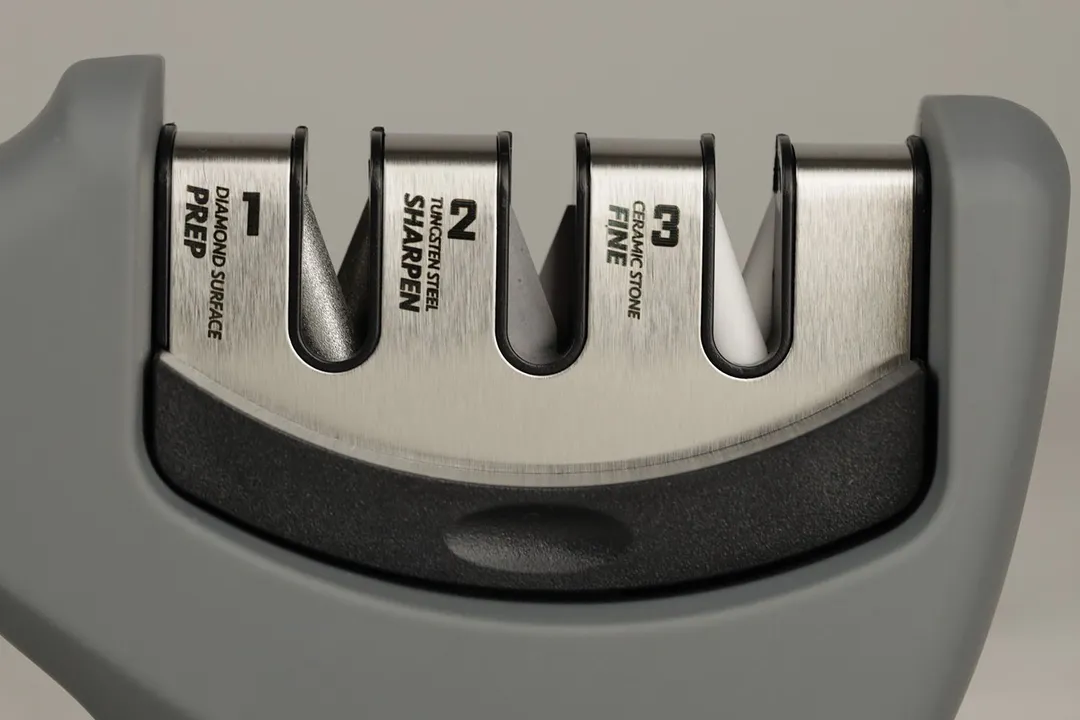
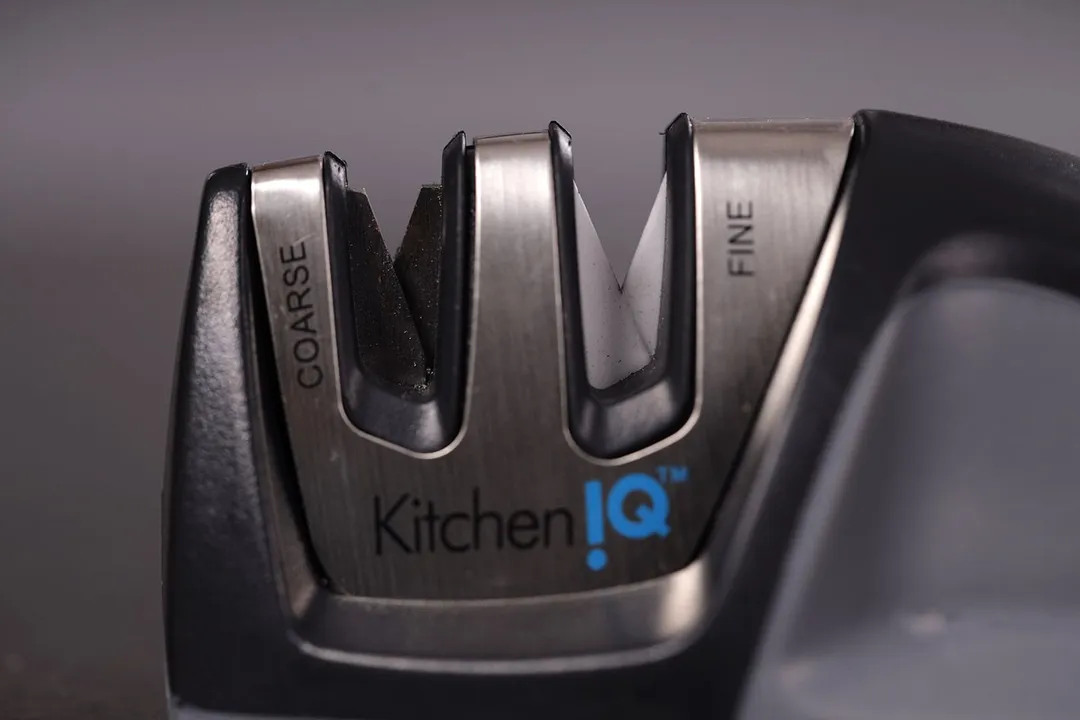
Insertion
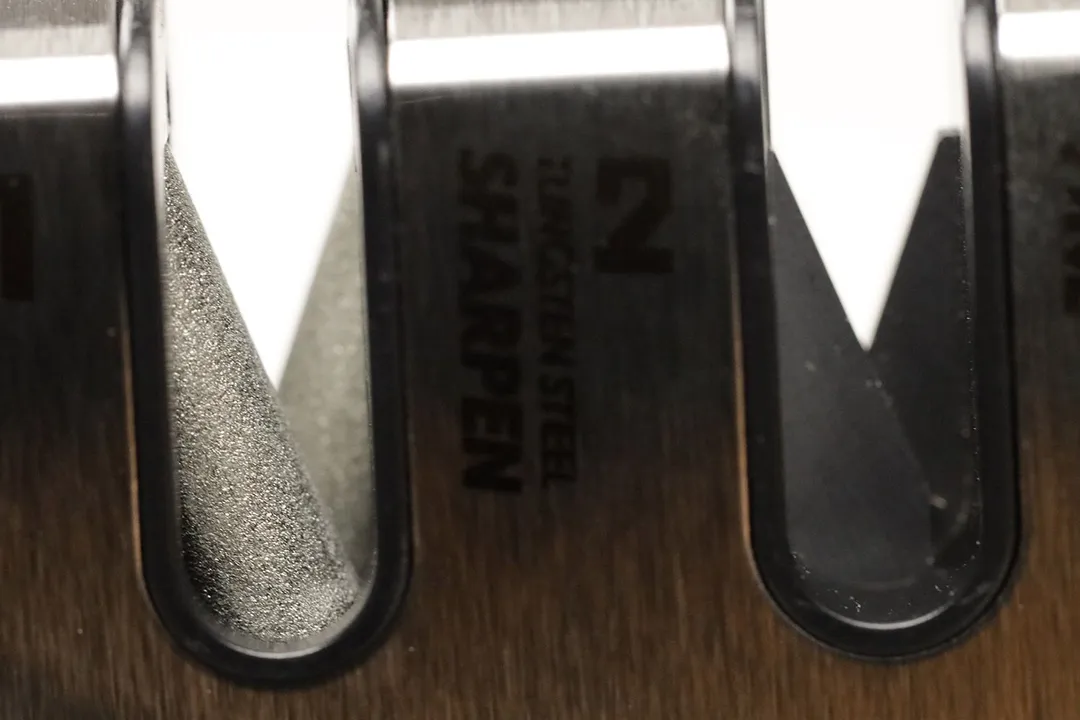
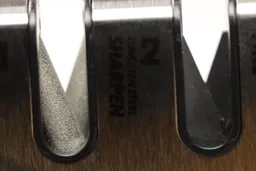
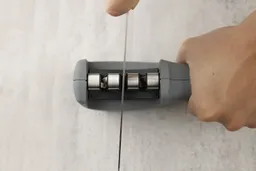
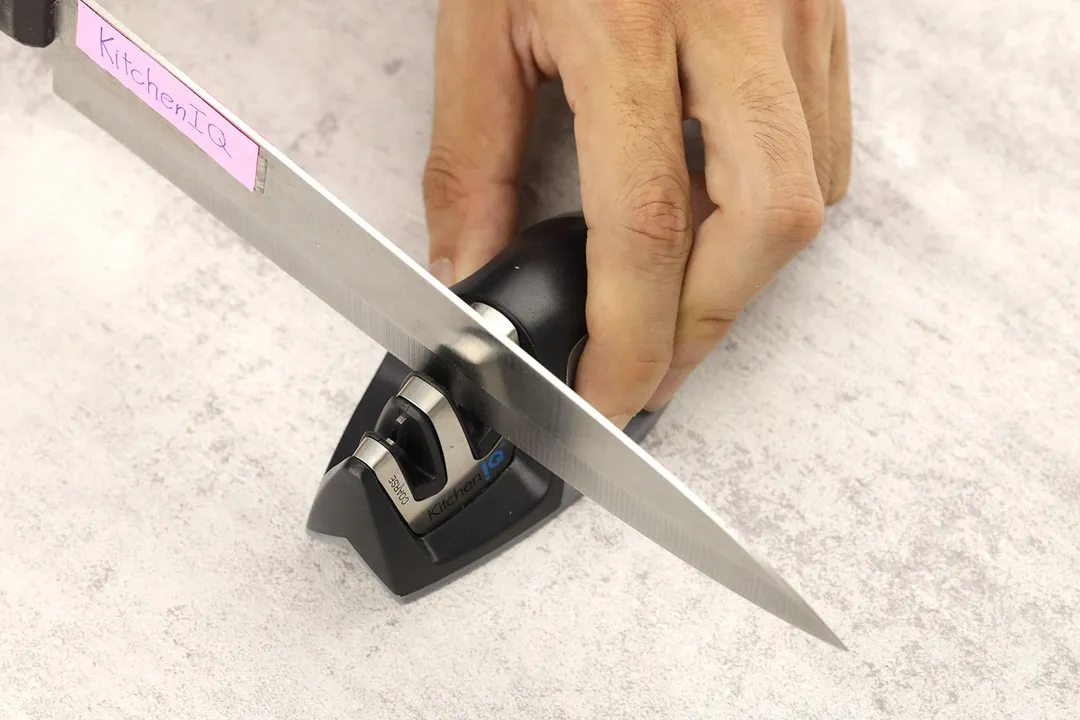
Pulling Through
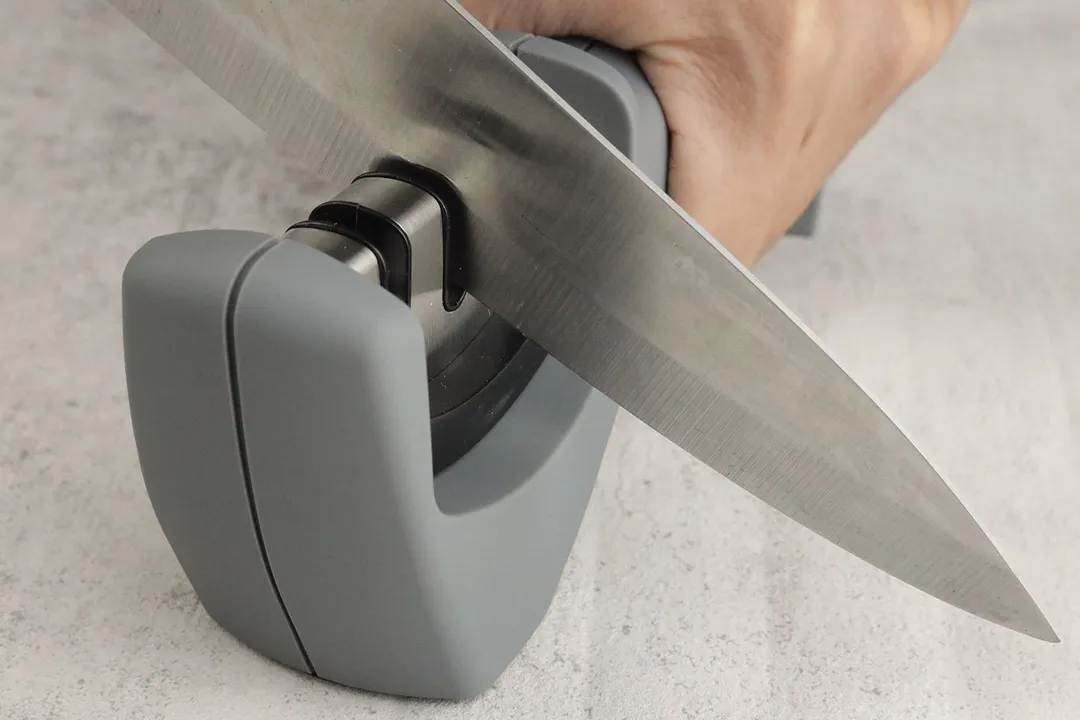
Stability on a Clean Surface
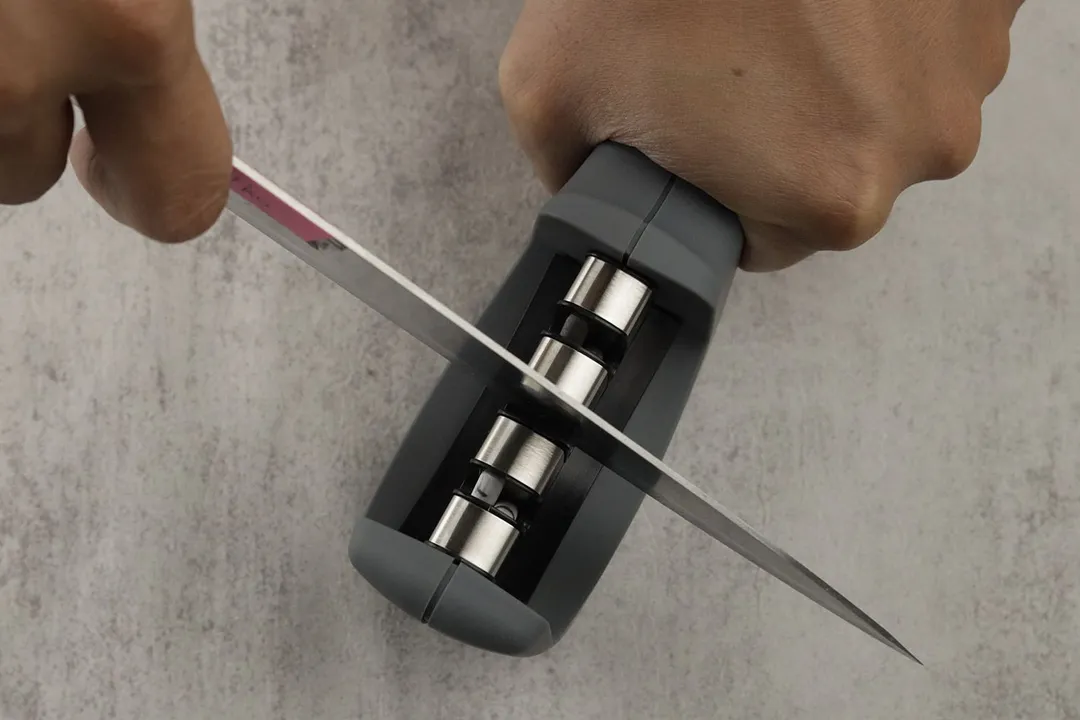

Stability on a Wet and Dirty Surface

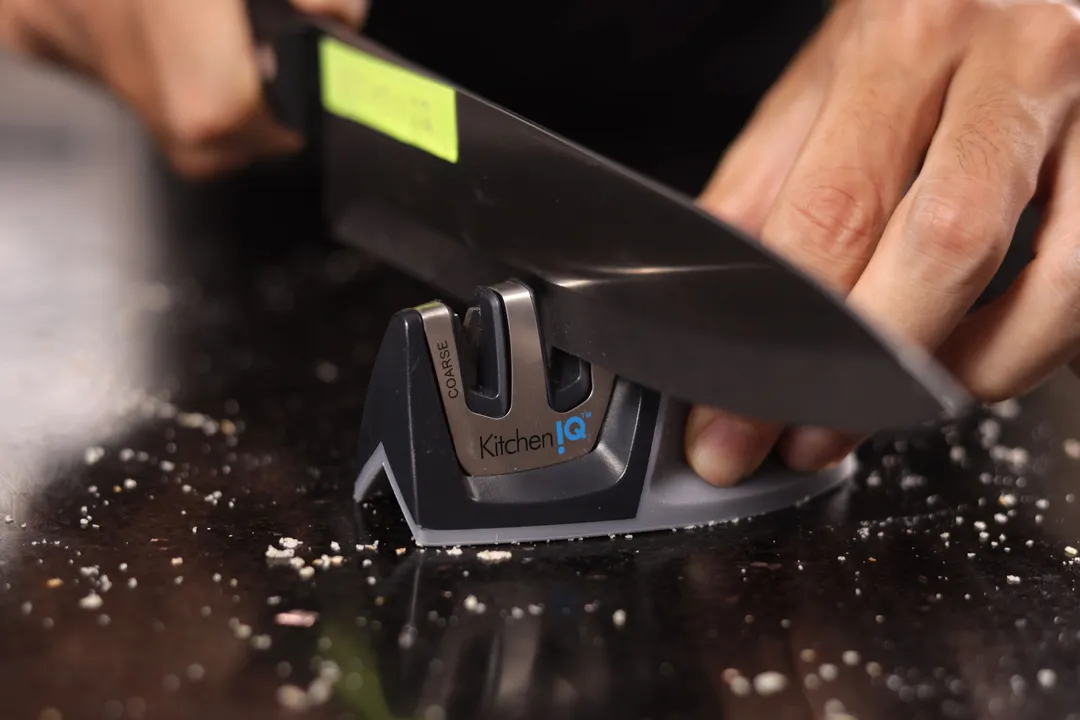
Behind the Comparison
Anh Ngo is a writer with 9 years experience at different media outlets, covering from public news and events to product testing and analysis. At HealthyKitchen101, she works across different departments, communicating closely with its network of writers, editors, and health, tech, and search engine experts to provide a meaningful and pleasant reading experience for visitors.
Lap is Head of the Research, Testing, and Review Team (RTR Team) at HealthyKitchen101.com, where he directs and supervises the testing of kitchen gadgets and appliances.
Nguyen Ntk is a graphic designer, photographer, and videographer whose philosophy centers around respecting and celebrating the beauty of reality. Through his lenses, Nguyen strives to capture the true essence of objects and events, showcasing and highlighting authentic features without distortion or exaggeration.



